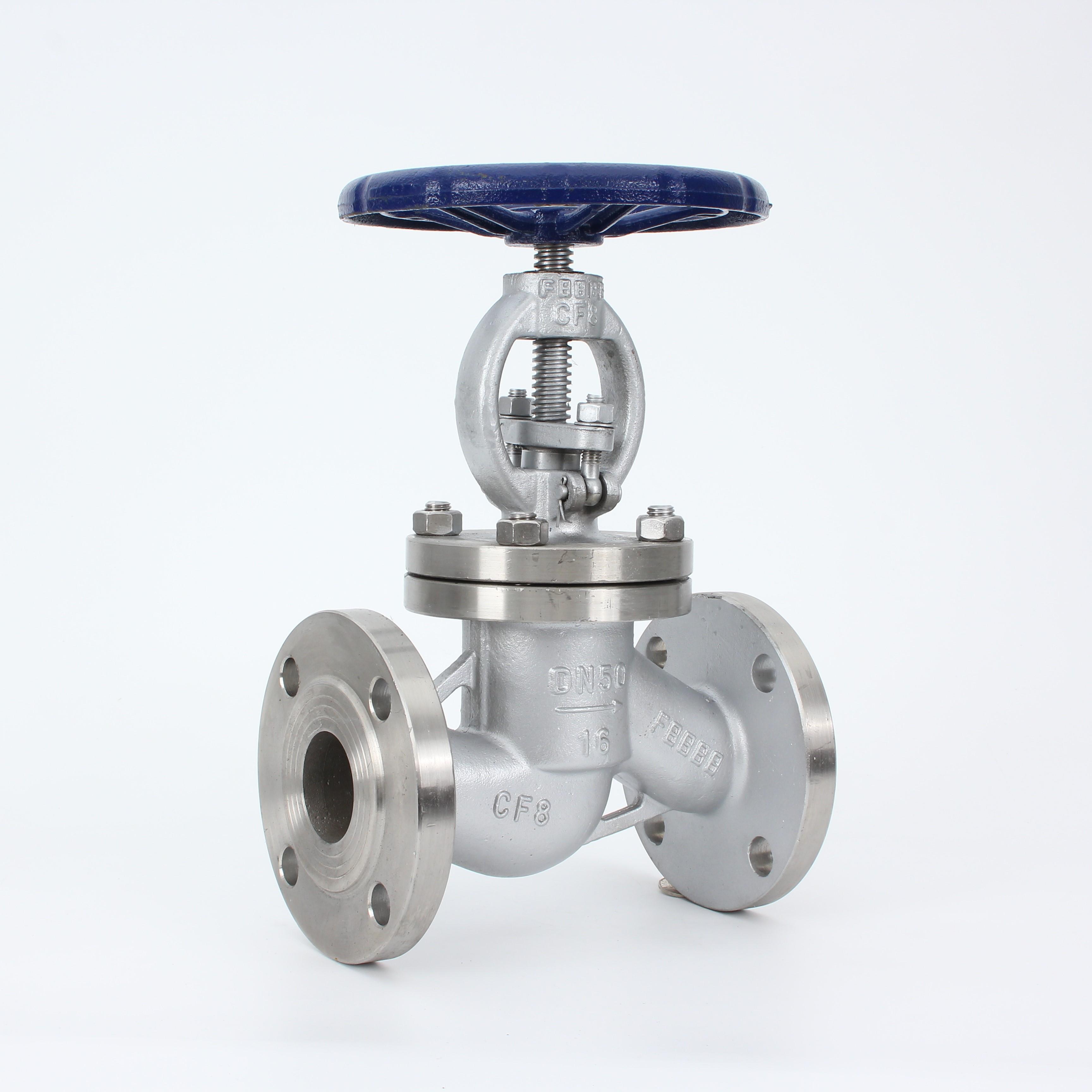Price Comparison for 12 Inch Butterfly Valves in Various Brands and Styles
Understanding the Price of a 12-Inch Butterfly Valve Factors and Insights
The butterfly valve is a crucial component in various industrial applications, particularly in the control of flow within piping systems. The 12-inch butterfly valve, specifically, is often utilized in water treatment, chemical processing, and oil and gas industries. Its design allows for quick and efficient flow regulation, making it a popular choice among engineers and procurement specialists. However, the price of a 12-inch butterfly valve can vary significantly based on a multitude of factors. In this article, we will explore these factors to provide a clearer understanding of the pricing dynamics.
Material Composition
One of the primary determinants of the cost of a butterfly valve is its material composition. Butterfly valves can be made from a variety of materials, including stainless steel, carbon steel, cast iron, and PVC. Stainless steel valves, for instance, are typically more expensive due to their enhanced durability and resistance to corrosion. In contrast, PVC valves may be lower in cost but might not withstand high pressure and temperature conditions typical of industrial applications. The choice of material not only affects the initial price but also the long-term operational costs related to maintenance and replacement.
Size and Design Specifications
The size of the valve directly influences its price. A 12-inch butterfly valve is larger than its smaller counterparts, and this larger size often requires more material and engineering expertise for design and manufacturing. Additionally, specialized designs, such as those with enhanced features like gear-operated mechanisms or automated actuation systems, can significantly increase the price. Buyers must assess their specific requirements to ensure they are selecting the most appropriate valve without overspending on unnecessary features.
Brand Reputation and Quality Assurance
Brand reputation plays a significant role in the pricing of butterfly valves. Established manufacturers with a history of producing reliable and high-quality valves can command higher prices due to their proven track record. These brands often provide warranties and certifications, which can be valuable to buyers looking for assurance in product reliability. Conversely, lesser-known brands may offer lower prices, but this could come at the risk of compromised quality or inadequate customer support.
12 inch butterfly valve price

Market Demand and Supply Factors
Like any other commodity, the price of butterfly valves is also influenced by market dynamics, including demand and supply. In periods of increased demand—such as during large infrastructure projects—prices may surge due to the limited availability of products. Conversely, during economic downturns or reduced industrial activity, the prices may stabilize or decrease. Buyers should remain informed about market trends to make timely purchasing decisions.
Customization and Additional Features
Customization options can also impact the overall cost of a 12-inch butterfly valve. Many industries require valves with specific features, such as unique flange drilling patterns, special coatings for added corrosion resistance, or integration with electronic control systems. Such customizations can lead to higher prices due to the additional labor and materials required for production. It is essential for buyers to evaluate whether these additional features are essential for their specific applications to avoid unnecessary expenditures.
Regulatory Standards and Certifications
Compliance with industry regulations and quality certifications can also affect pricing. Valves that meet strict safety standards or certifications from regulatory bodies typically cost more than standard models. Industries such as oil and gas or pharmaceuticals have stringent requirements that necessitate investing in higher-priced, compliant products to mitigate risks associated with equipment failure and ensure operational efficiency.
Conclusion
When considering the price of a 12-inch butterfly valve, it is essential to evaluate various factors, including material composition, design specifications, brand reputation, market dynamics, customization options, and regulatory compliance. By gaining an understanding of these elements, buyers can make informed decisions that not only fit their budget but also meet their operational needs effectively. While it can be tempting to opt for the lowest-priced option, investment in a high-quality valve can lead to greater reliability, reduced downtime, and overall cost-effectiveness in the long run. Therefore, conducting due diligence before making a purchase is crucial for securing the best value in the market.
-
The Key to Fluid Control: Exploring the Advantages of Ball Valves in Industrial SystemsNewsJul.09,2025
-
The Versatile World of 1, 2, and 3 Piece Ball ValvesNewsJul.09,2025
-
Stainless Steel Ball Valves: The Ideal Choice for Efficient Flow ControlNewsJul.09,2025
-
Optimizing Fluid Control with Ball Float ValvesNewsJul.09,2025
-
Manual Gate Valves: Essential for Control and EfficiencyNewsJul.09,2025
-
Everything You Need to Know About Butterfly ValvesNewsJul.09,2025
-
The Versatility of Wafer Type Butterfly ValvesNewsJul.08,2025




